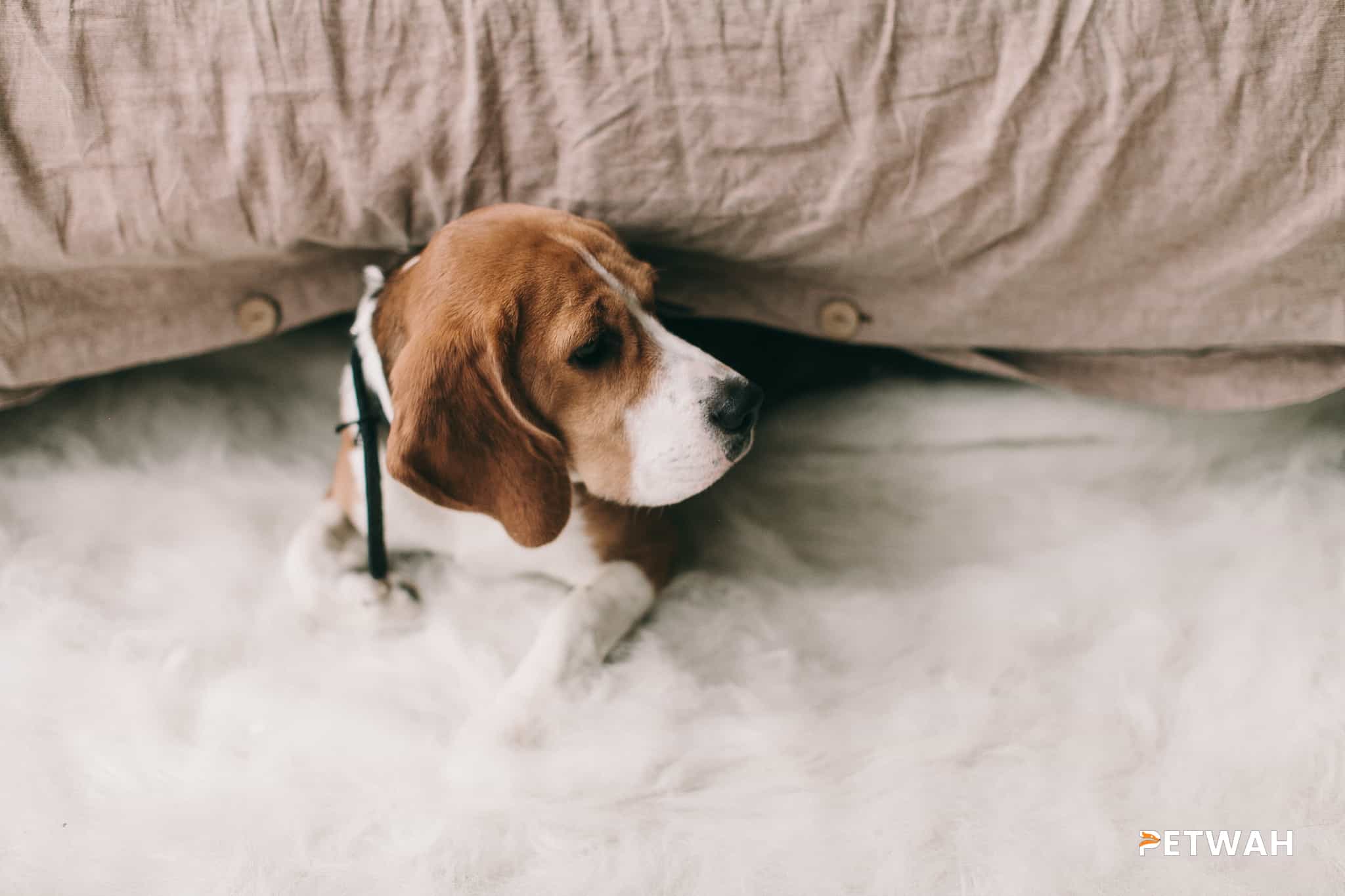Bringing a new German Shepherd puppy into your home can be an exciting and rewarding experience. However, if you have children, it’s important to ensure that your furry friend is comfortable around them. This is especially crucial during the first two weeks, as this is the time when your puppy is still adjusting to their new environment and getting to know their new family. In this blog post, we’ll provide you with five tips to help your German Shepherd puppy adjust to children during the critical first two weeks. With these tips, you can ensure your puppy grows up to be a happy, healthy, and well-adjusted member of your family.
German Shepherds are incredible dogs that are known for their intelligence, loyalty, and protective nature. However, if you have a German Shepherd puppy and young children, you may be wondering how to help your furry friend adjust to the new environment and be comfortable around kids. It’s essential to take proper precautions during the first few weeks to ensure that your puppy and children get along and establish a strong bond. In this post, we’ll share five tips for helping your German Shepherd puppy adjust to children during the first two weeks.
1. Socialize your puppy with children
Socialization is critical for German Shepherd puppies since it helps them understand how to behave around people, animals, and different environments. If your puppy has never interacted with children before, it’s essential to introduce them to kids early on. However, you need to be careful and monitor the interactions to prevent any accidents or negative experiences.
One way to introduce your puppy to children is to invite some of your friends’ kids over to your home. Start by letting your puppy sniff them and become familiar with their scent. After a few minutes, let the kids pet your puppy gently while you hold him or her. Over time, you can gradually increase the duration of the interactions and allow your puppy to socialize with other children.
2. Teach your puppy basic obedience commands
Teaching your German Shepherd puppy basic obedience commands like sit, stay, and come is crucial for establishing leadership and building trust. It will also help you manage your puppy’s behavior around children. For instance, if your puppy gets too excited or starts jumping on kids, you can use the sit command to calm him or her down.
Start by teaching your puppy one command at a time and rewarding him or her with treats or praise when they follow through. Keep the training sessions short and fun, and use positive reinforcement techniques to encourage good behavior.
3. Use positive reinforcement to reward good behavior
Positive reinforcement is a powerful tool for shaping your puppy’s behavior and building a strong bond. When your puppy behaves well around children, make sure to reward him or her with treats, praise, or toys. This will help your puppy associate positive experiences with kids and encourage him or her to behave well in their presence.
.jpg)
However, it’s essential to avoid punishing your puppy for bad behavior or scaring him or her. This can cause your puppy to become fearful or aggressive, which can be dangerous around kids.
4. Set boundaries and supervise interactions
German Shepherds are natural protectors, and they may become territorial or defensive around children if they perceive them as a threat. Therefore, it’s crucial to set boundaries and supervise interactions between your puppy and kids.
For instance, you can create a designated play area for your puppy and kids and teach them not to bother him or her when they’re sleeping or eating. You can also supervise interactions and intervene if your puppy becomes too rough or aggressive.
5. Be patient and consistent
Training a German Shepherd puppy requires patience and consistency, especially during the first few weeks. It’s normal for your puppy to make mistakes or exhibit undesirable behavior, but it’s crucial to stay calm and positive.
If your puppy gets overwhelmed or scared around kids, take a break and try again later. Consistency is key, so make sure to practice the same routines and commands every day to establish a routine and build trust.
Conclusion
Overall, helping your German Shepherd puppy adjust to children during the first two weeks requires patience, consistency, and proper socialization. By following these five tips, you can create a safe and positive environment for your puppy and kids and establish a strong bond that will last a lifetime. Remember to be patient, use positive reinforcement, and supervise interactions to ensure that everyone stays safe and happy.
Teaching your German Shepherd puppy to be comfortable around children during the first two weeks is a crucial step in ensuring their socialization and development. Remember, every puppy is unique, and their adjustment period may vary. However, with patience, consistency, and positive reinforcement, you can help your furry friend build a strong foundation for a lifetime of positive interactions with children. By following the tips outlined in this article, you can set your puppy on the path to becoming a confident and well-socialized dog.


.jpg)
%20-%20Copy.jpg)
%20-%20Copy.jpg)
%20-%20Copy.jpg)
%20-%20Copy.jpg)
.png)
